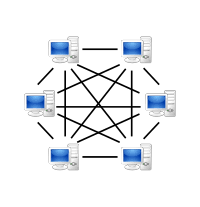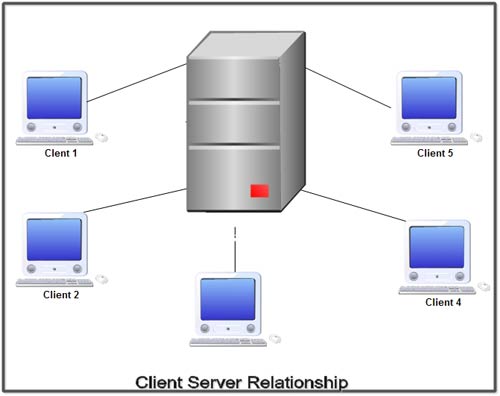
BASIC CONCEPT OF NEWORK
NETWORK ARCHITECHURE
NETWORK TOPOLOGY

|
||
BASIC CONCEPT OF NEWORK |
NETWORK ARCHITECHURE |
NETWORK TOPOLOGY |
Types of Architectures |
Peer to peer architecture |
Client-server architecture |
Diagram |
 |
 |
Definition |
A network model in which all computers can function as clients or servers as needed, and there's no centralized control over network resources. |
Network in which one or more computers act as a server, and the other computers as the clients on the network request services from the server. |
Advantages |
|
|
Disadvantage |
|
|